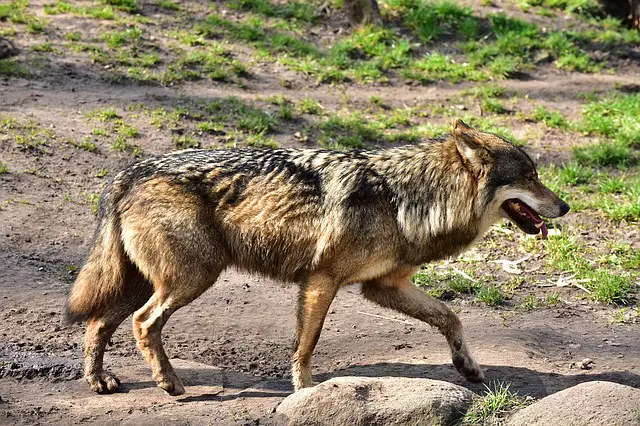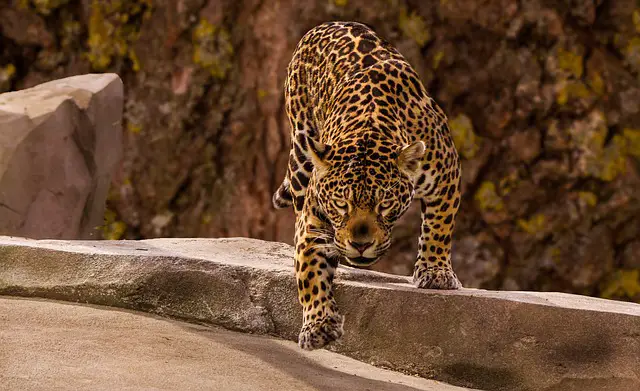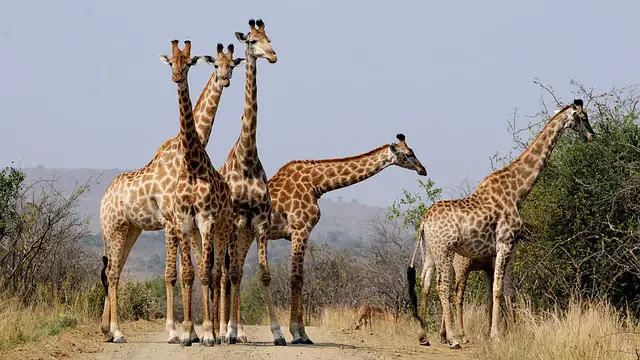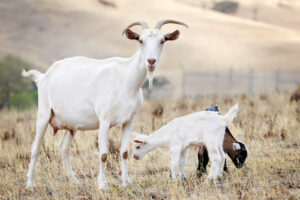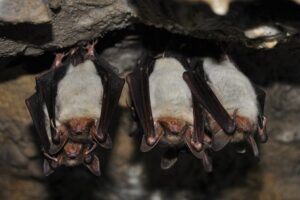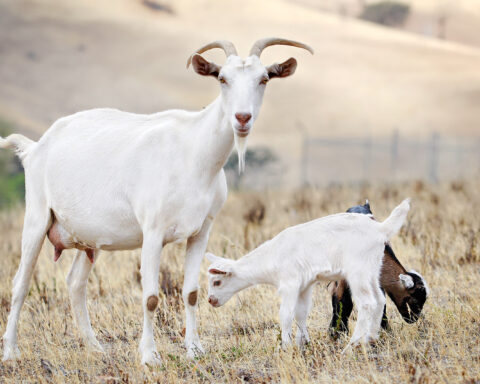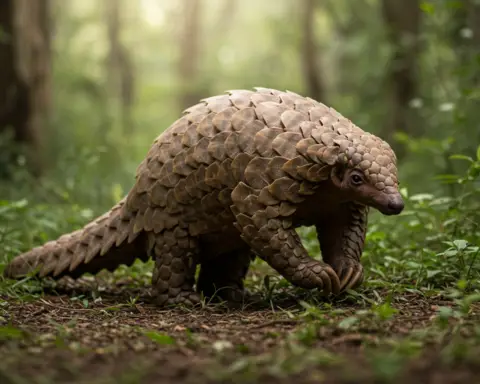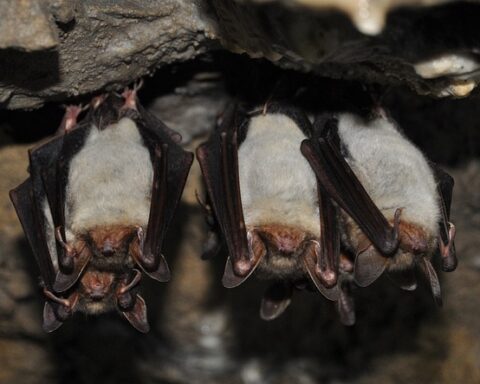Ernest Thompson Seton’s “Lives of Game Animals” has these words to say about the speed of grizzlys:
“He is fast too,” he said, with an amazing build. If you imagine a bear running at a speed of 50 to 100 yards per hour, then you will be amazed by the actual thing. A Grizzly is capable of running 50-100 yards faster than any horse. It can also keep this speed up for years. It is well-known that Indian ponies that have spent the winter in poor conditions are more likely to become prey for the Grizzly in spring. They can be caught on the open plain. Townsend describes a wounded Grizzly following closely a horseman for half a mile. He snapped at the horse’s heels and would have killed the victim if he hadn’t received a swift volley of support from his comrades.
J. M. Mackenzie described the famous Grizzly, Clubfoot as able keep pace with a horse moving downhill, but not upwards.
“This will show how absurd it is for anyone to think that he could escape from a Grizzly just by running.
“Wright states, ‘The Grizzly outran the Black Bear by nearly twice, no man could match him in speed and it takes a pretty decent horse to catch him.
Seton summarises the views held during the period when speed was a measure of horsemanship. Let us now examine Yellowstone’s speedometer from a car.
The brown bear (also known as grizzly) is armed with powerful forelegs. It can reach speeds up to 35 mph according to the National Wildlife Federation1.
Bears would only be able achieve such feats if they are at their peak of athleticism.
Despite their massive physiques, bears are surprising fast. Find out the traits and characteristics that allow them to be so quick and what to do if they are encountered in the wild.
Can You Outrun a Bear?
At its highest speed, Usain bolt, the fastest human known, could not outrun a determined black bear. The Jamaican sprinter, who was famous for his incredible feat of foot speed, ran at 27.8 mph during a 2009 Berlin race. This is 4 mph faster and more than 10 times faster than the average sprint speed. This is still 7 mph slower that the top speed of a grizel and just under 2 mph faster than a black bear.
Bolt might be able, at his record speed, to outrun an Asiatic black bear (moon) or polar bear (lumbering), which can reach 25 mph. Or a panda and sloth bear which can go 20 mph. The line graphs showing Bolt’s breakneck sprints reveal that he, like all humans, can only sustain his maximum pace for a few seconds. According to several reports from Yellowstone National Park in the 1930s, a bear can run speeds of 25 to 28 mph for two miles.
An average human would not be able to run at 15 mph (a slow pace) if they tried. The good news? Bears and most other wildlife will often prefer to avoid humans rather than chase them. They are usually only interested in protecting their cubs, food, and space.
Bear Speeds
North American black bear: 30 miles
Asiatic black bear 25 mph
Brown bear 35 mph
Polar bear: 25 mph
30 mph for the Spectacled Bear
Panda bear: 20 mph
Sloth bear: 20 mph
Sun bear: 30 mph
How come they can be so quick?
The speed of ursids is surprising, given their large, bulky bodies and flat feet. Grizzlies are especially notable for their protruding shoulders with muscle mass. This muscle makes it possible to distinguish a grizzly and a black bear’s upper backs.
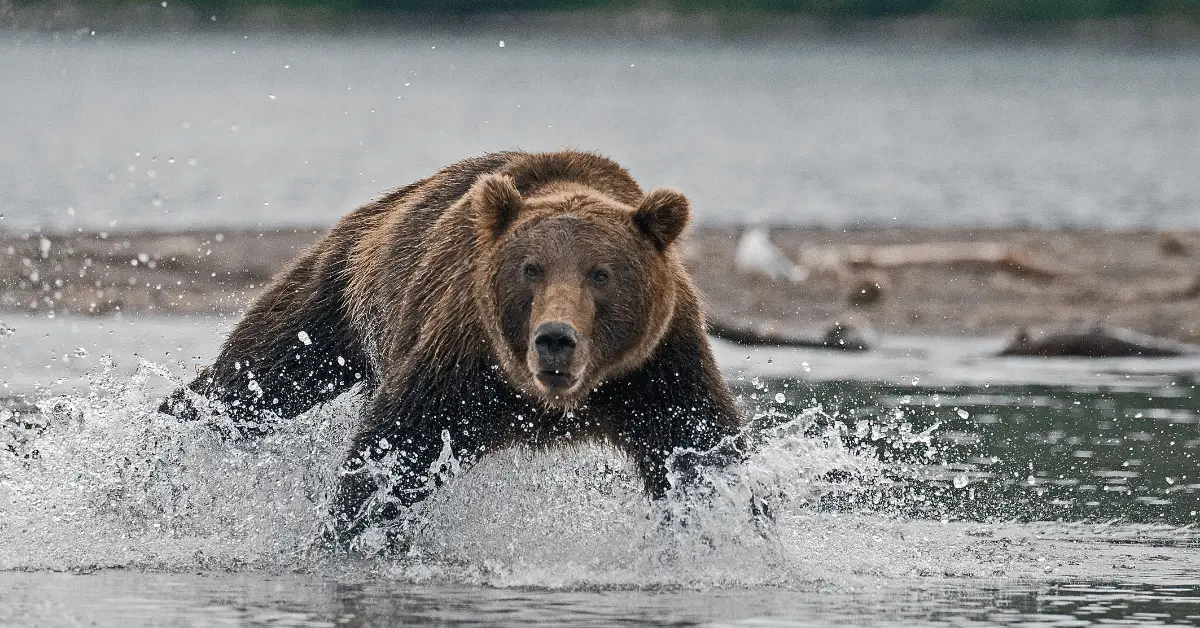
Also, bears have claws as long as four inches. This allows them to feel more secure on soft terrain, but it can slow down their ability to run on asphalt or other hard surfaces. Because their forelimbs can hold more weight than their back, they are stronger than their rear legs.
This unusually lopsided stature gave the impression that animals couldn’t run uphill. But, that myth has been debunked repeatedly. J. M. Mackenzie cites a 1937 article in Yellowstone Nature Notes as evidence that Clubfoot, the famous bear, could run faster up than down.
What to do if a bear is seen
You can avoid bear encounters by being loud and careful while out hiking. You need to be aware of the bears in your area and what they are looking for. Different species may require different reactions.
Can Usain Bolt Outrun A Bear?
Usain bolt is a multiple-time World record holder. He has set the world record in the fastest time for running over 100 meters and 200 metres. His speed was recorded at 44.72 km/h (27.5 mph) on August 16, 2009. This speed was recorded between the 60 and the 80 meters of the 100 meter sprint.
As mentioned, a black bear runs at 30 mph. A black bear from America would likely beat any man who runs faster than him over 100 or 200 m. If Usain bolt can’t run a black bear, then we have no chance of running them. Usain would lose to a grizzly or polar bear.
Evidently, bears do not run at the same speeds. The speed they can run largely depends on their weight and size.
This will be broken down by the Ursidae Family members that live on this continent.
Two species of brown bears live in the US, the Kodiak bear (pictured above) and the grizzly.
Kodiak bears can be found, as their name implies, in Alaska’s Kodiak archipelago. When running for 2 miles, this bear can reach 25 mph. They can also run at 40 mph if they feel threatened. It’s faster than a zebra!
The North American brown bear (also known as the “grizzly bear”) is found all over the US. These bears can run up to 35 mph in short distances and are the fastest.
However, grizzlies are able to reach speeds up to 40 MPH in extreme circumstances, much like Kodiak bears. A mother bear may sprint faster if she feels that her cubs might be in danger.
Running is a sport that other bear species are now catching up with grizzlies.
Consider the American black bear as an example. This animal runs at speeds of between 25-30 mph, depending on the situation.
I am referring to short distance running. Their maximum speed is about 1/4 to 1/2 mile. With bears, however, this is usually enough.
The polar bear is also a worthy subject. They can be found only in Alaska, but if you’re lucky enough to visit them, they might even be there.
Like their Kodiak relatives the polar bears can be huge. They can weigh as high as 1,500lbs!
You might be tempted to think they aren’t as fast as the Ursidae. True. The polar bear isn’t as fast as the other bears mentioned. They can even run at 25 mph over ice! This is quite an impressive skill.
Why are Bears Fast?
I know what your thinking. How could a bear be that fast?
Because they are flat-footed, have a thick layer fur, and a chubby stomach.
However, underneath all of that is a muscular body.
It is fascinating to see how their bodies function. You already know that these animals spend a lot time in hibernation. However, once spring arrives, the animals leave their dens to go back into their active lives.
Their muscles do not suffer from inactivity.
If you’ve ever had to be hospitalized or broken a bone, you know how quickly your muscles can weaken. But bears don’t have that problem.
It’s normal for them to feel a bit groggy when they get up from winter slumber. They quickly go back to their normal routines. With this in mind you can get an idea of how strong their muscles must look.
However, they are not only fast because of their muscles.
Bears can also have long, sharp claws as long as four inches. These claws can be very helpful for running on soft soil.
However, the claws can slow down their speed when they are running on hard surfaces.
Bears also need to be quick in order to catch their prey. The best source of protein isn’t fish or berries. They get their nutrient from animals like deer, elk, and moose. These fast mammals must be able to catch up in order for them to be caught.

